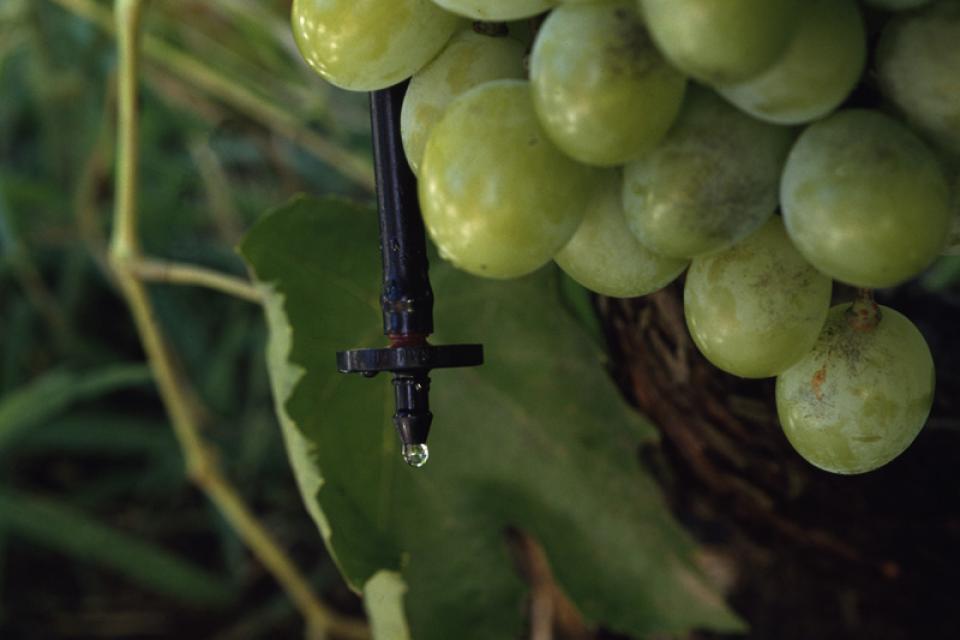Applied Water
Applied water refers to water delivered by an application to a user, either indoors or outdoors. Applied water use typically occurs in an agricultural or urban setting.
In agriculture, applied water is typically supplied through irrigation, which uses such devices as pipes and sprinklers. There are also different types of systems including gravity flow and pressurized systems.
With soil absorbing applied water and being porous (some water can move down below a plant’s root zone), it is necessary to apply more water than a crop might need.
However, applied water can be re-used, typically at the same farm and in the same region. However, applied water can only be used once in areas of California with salt sinks.
Because of its potential for agricultural re-use, reducing the amount of applied water does not save water. But lessening the amount of applied water at agricultural sites can help improve water quality, water flows and energy conservation [see also Agricultural Conservation].
In California, much of the applied water available for reuse, also known as recoverable flow, helps sustain wetlands.
Urban applied water use ranges from watering a garden to drinking water to water used in manufacturing. Often the water, once used, is treated and re-used by either recharging it into groundwater basins or through pipes or irrigation.
According to the California Department of Water Resources:
“Landscape irrigation accounts for as much as 90% of the residential sector’s and as much as 84% of the non-residential sector’s annual outdoor water use and is the dominant use during the summer and seasonal water use in the San Joaquin Valley accounts for as much as 60% of the total urban water use for the year.”









